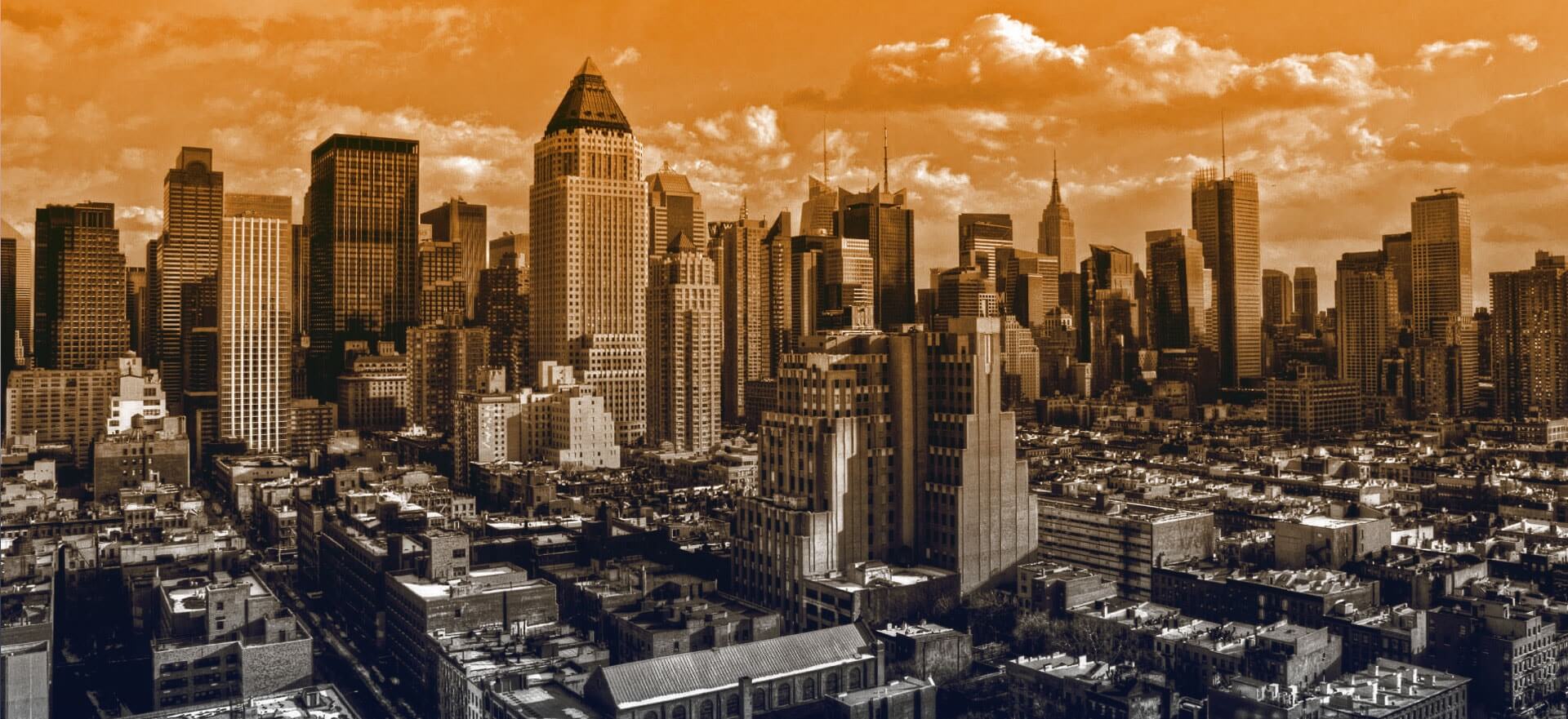
Introduction
Reverse geocoding had become bread and butter for today's
competitive world of ideas. Taken for granted, the process is
actually very complex and sometimes theoretically a non polynomial
task to complete. At CSV2GEO we have tried to simplified that
process for the end user and make it smooth and straightforward.
Below are some of the important features we have incorporated in
our system. If you are looking for a feature that is not present,
please request one at






